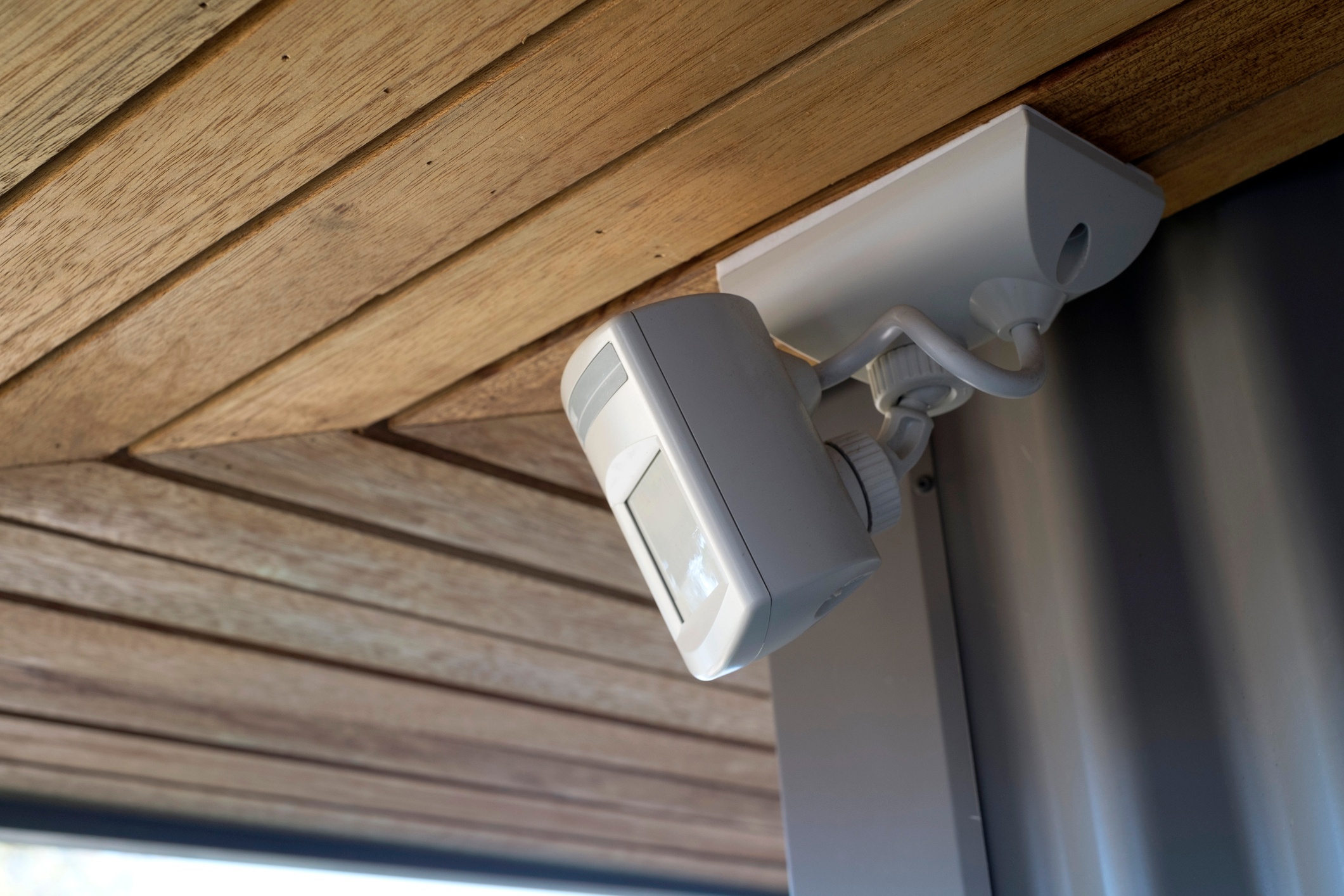2017 Workplace Predictions: Insights from the iOFFICE CMO


Can you believe 2016 is almost over? It certainly flew by.
As we quickly approach 2017, I wanted to share with you some of the ways facilities management has evolved over the past 12 months as well as a few predictions about the workplace for the upcoming year.
Below is my take on where facilities management and the workplace have been and where they are headed.
What were some of the trends in facilities management seen in 2016?
 Everyone has been talking about IoT—the Internet of Things. Businesses want to be able to track occupancy and lighting through the Internet of Things and sensors.
Everyone has been talking about IoT—the Internet of Things. Businesses want to be able to track occupancy and lighting through the Internet of Things and sensors.
Organizations have also been leveraging IoT for predictive maintenance. IoT allows a business to better anticipate what’s going to happen and prepare for that event instead of just performing things on a schedule, particularly when it comes to maintaining high-end equipment. Companies are using IoT to create baselines based on vibration or amperage, and when the baseline is exceeded or not met, they send people out to check on the equipment.
Enterprises are also using IoT to control energy consumption. There’s a rule called the 3/30/300 hundred rule, and it states businesses should spend $3 on utilities, $30 on space and $300 on employees. Companies have to balance each of those expenses, and being able to more effectively control energy output based on needs is a big deal. Organizations appreciate the ability to use technology to sense when somebody is in a room and activate lights, or cooling or heating accordingly, instead of just having spaces run at full capacity.
How is corporate real estate and space planning changing?
I just attended a conference in New York, and one of things I heard that validated what we’ve known is people in real estate facilities are recognizing a single solution can’t solve the entire workplace real estate question. They’re realizing they have to be able to look at a combination of platforms and point solutions. Businesses also recognize software as a service (SaaS) is imperative—they’re not even looking at on-premise solutions because on-premise or installed solutions limit flexibility and the ability to respond to change.
One of the other disruptive trends out there is coworking spaces, like WeWork. The WeWork concept is transitioning from being used by only small startups and SMBs to corporations who appreciate the culture WeWork creates. If an enterprise has to invest in a market instead of setting up their own independent office, they’re doing deals with WeWork.
There’s also a company called LiquidSpace. The unique thing about LiquidSpace is they don’t own the real estate. They’re just a technology marketplace that allows a business to make its space available when it’s not in use so it can maximize the use of its space.
A speaker at the conference gave an example of a lease where the business was renting 5,000 to 10,000 square feet on a monthly schedule, and the entire transaction was completed within 14 days using no attorney and no broker. That’s incredibly disruptive to the real estate industry because, while a broker will always be involved in a global or enterprise portfolio level, this technology is eliminating the need for a broker in smaller deals.
What are some of the challenges facilities leaders are going to face next year?
 Knowing how to consume the new technology, meet new expectations, create new ways of working gracefully and cost effectively, and in a manner that truly benefits the organization and the workforce.
Knowing how to consume the new technology, meet new expectations, create new ways of working gracefully and cost effectively, and in a manner that truly benefits the organization and the workforce.
A common occurrence is the customer gets so overwhelmed, and they just outsource everything to these corporate real estate providers like CBRE, JLL and C&W. The systems are so complex, and there’s a lot of customization that has to go on so they decide it’s better to just hand over control to someone else. The business will tell the real estate provider, “Here’s our strategy and here’s what we want to accomplish,” and then give them complete control, which is a bad idea. The customer needs to be aware and educated; they have to be involved in the decision.
Facilities leaders are going to need a lot of guidance from providers like iOFFICE and our partners in the iOFFICE marketplace. We encourage customers to not try to do everything on their own and instead leverage these SaaS-based IoT platforms. I think making that transition will be one of the biggest struggles for facilities leaders.
Getting IT and real estate collaborating has also been an ongoing challenge. There are three main groups: corporate real estate, facilities and workspace. And those groups need to be aligned. But sometimes you’ll get one going off doing one thing, and they’re not talking. It needs to be a fully integrated solution for it to be effective, efficient and work for the employees as well as support the building assets. All of that needs to be overlaid with support from IT.
Are there factors that are going to facilitate that collaboration?
I think the leadership of the organization needs to facilitate it. With the marketplace in general and the whole dynamics of the workplace and how it’s changing, IT now is probably going to be more responsive to real estate needs.
At the conference, I heard this great quote: “Any business that doesn’t think they’re a technology business in today’s world needs to rethink themselves.” Every company needs to consider itself a technology company. They’re completing projects and delivering everything with technology. Or at least they should be.
Will there be better alignment between the C-suite and the people on the frontlines of facilities management in 2017?
It should, yes. If the C-suite’s paying attention to what the talent they’re trying to attract and maintain want, then it should. It would only be logical.
Now, the facilities leader has to carry their weight. They have to understand technology and they need to offer value. The facilities leader has to be able to provide insights and analytics and be able to support their arguments. If they come to the table with those things, the C-suite will be more receptive to their recommendations.
I hope you found this article helpful. If you’re interested in learning more about facilities management and the modern workplace, check out the rest of the iOFFICE blog. Or if you have any specific questions, drop us a line!
Curious if facilities management software is right for your organization? Download our free guide, Your Comprehensive Guide to Identifying FM Software Needs, to see if IWMS would benefit your company.
